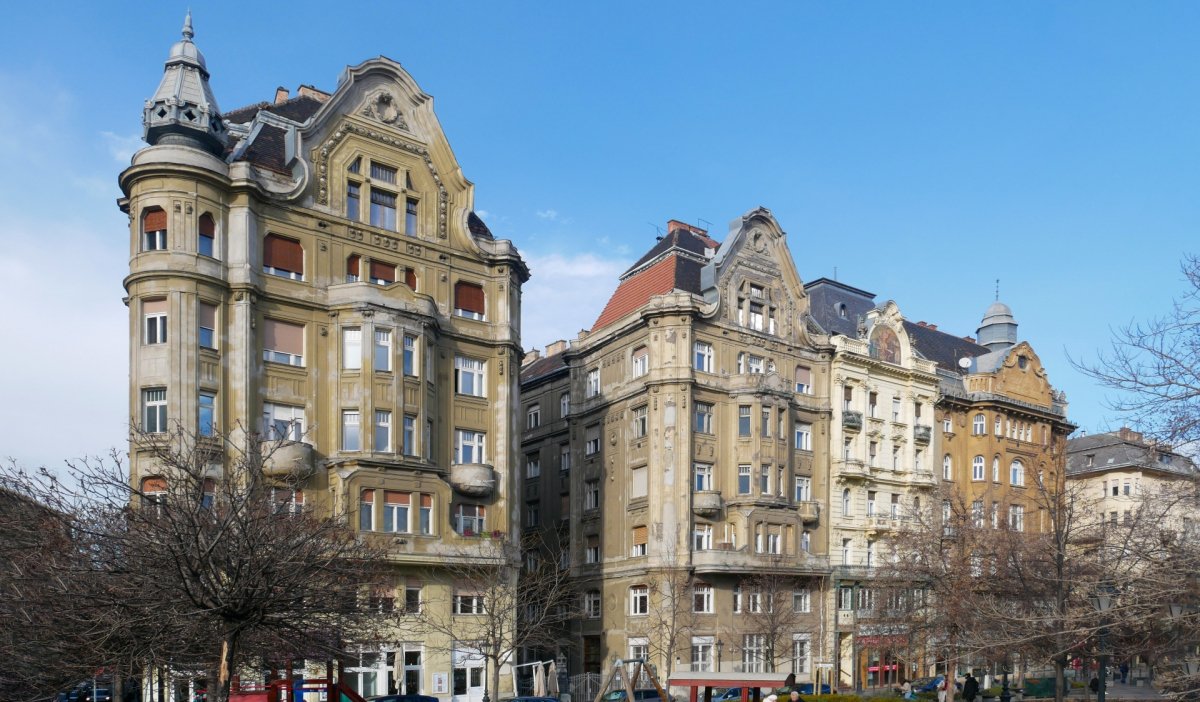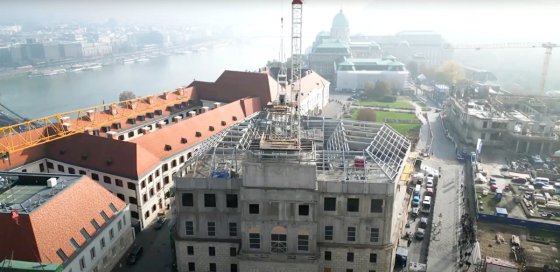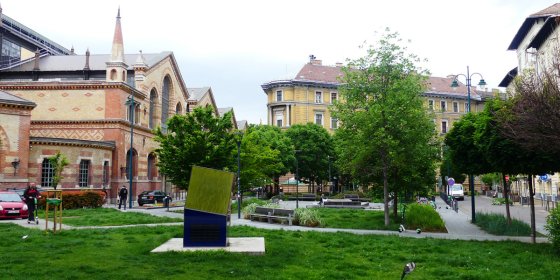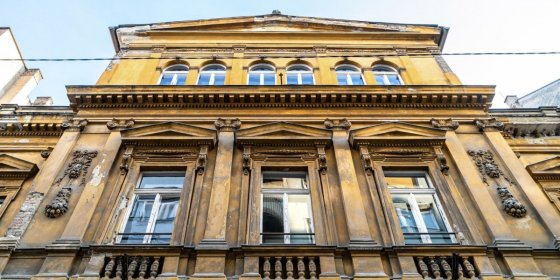 The „intertwined history” of the bridges and the city of Budapest
Which ideas and events have shaped the fate of bridges of Budapest and the cityscape? Alongside many other interesting facts, this question is also answered this newly published book by the Budapest City Archives, which introduces the history of bridges in Budapest.
The „intertwined history” of the bridges and the city of Budapest
Which ideas and events have shaped the fate of bridges of Budapest and the cityscape? Alongside many other interesting facts, this question is also answered this newly published book by the Budapest City Archives, which introduces the history of bridges in Budapest.
Mór Kallina
 Architect Ernő Schannen was a master of residential houses - He mastered design in the office of Ybl and Hauszmann
Architect Ernő Schannen was a master of residential houses - He mastered design in the office of Ybl and Hauszmann
February 5, 2023 at 1:00 PM
Ernő Schannen is a little-known member of the architectural community at the turn of the century. However, his work significantly contributed to the development of Budapest's cityscape, he developed a unique style, in Pest and Buda we can find residential houses designed by him in many places, but he also created a hospital and a bank building, and also castles in the countryside.
The Headquarters of the Hungarian Defence Forces has reached its highest point
November 10, 2022 at 6:30 PM
The Dísz Square building of the former Hungarian Defence Forces Headquarters (or High Command), which is under reconstruction, has reached its highest point, and the structure of the dome has already been placed on top. On this occasion, following the traditions, a topping-out ceremony was held. The tree together with the steel frame of the roof lantern adorning the dome was raised to the roof of the palace in front of the guests invited to the ceremony.
Vendors once sold their goods on Csarnok Square in Ferencváros, where shoppers and tourists now relax
May 26, 2021 at 9:00 AM
Although Csarnok (Market Hall) Square in Ferencváros did not exist before 1896, after the opening of the Central Market Hall, a busy life began on the 9th District's smallest, but all the more special square, where hundreds of graves were unearthed during a 2016 hotel construction, highlighting a small detail of the area's vibrant past.
Sports in 19th century – National Gymnasium turns 150
December 4, 2020 at 3:00 PM
One hundred and fifty years ago, a gymnasium was built in Budapest, a building that still stands on Szentkirályi Street. However, it is not quite like modern sports halls. From the outside, it looks just another palace. Only a small plaque reminds passers-by that it was once built as the National gymnasium in 1870 following the Austro-Hungarian compromise, during Gyula Andrássy's term as Prime Minister. This is what a gymnasium was like at the time: it looked like a palace and housed not only three halls and dressing rooms, but space for the community to live its life. While the rooms are now used for university education, the sports halls still serve their original function.
More articles
 The „intertwined history” of the bridges and the city of Budapest
Which ideas and events have shaped the fate of bridges of Budapest and the cityscape? Alongside many other interesting facts, this question is also answered this newly published book by the Budapest City Archives, which introduces the history of bridges in Budapest.
The „intertwined history” of the bridges and the city of Budapest
Which ideas and events have shaped the fate of bridges of Budapest and the cityscape? Alongside many other interesting facts, this question is also answered this newly published book by the Budapest City Archives, which introduces the history of bridges in Budapest.
 The Bridge Report, which brought a turning point in the history of Budapest
A travel report that changed the history of Pest and Buda, as well as Hungary. The little book contributed to the change of half a thousand years of legal customs and the implementation of an investment of unprecedented size and technical quality. This book was The Bridge Report [Hídjelentés in Hungarian].
The Bridge Report, which brought a turning point in the history of Budapest
A travel report that changed the history of Pest and Buda, as well as Hungary. The little book contributed to the change of half a thousand years of legal customs and the implementation of an investment of unprecedented size and technical quality. This book was The Bridge Report [Hídjelentés in Hungarian].
 Drama on the university wall - The heroic monument was planned 95 years ago
In the constant hustle and bustle of the Egyetem Square in Pest, the students may not even notice the monument that decorates the short section of wall between the church and the central building of ELTE. However, it commemorates their predecessors, the heroes who fought for their country in World War I, and those who heroically helped them. The first design of the dramatically collapsing soldier was born in 1928, ninety-five years ago.
Drama on the university wall - The heroic monument was planned 95 years ago
In the constant hustle and bustle of the Egyetem Square in Pest, the students may not even notice the monument that decorates the short section of wall between the church and the central building of ELTE. However, it commemorates their predecessors, the heroes who fought for their country in World War I, and those who heroically helped them. The first design of the dramatically collapsing soldier was born in 1928, ninety-five years ago.



